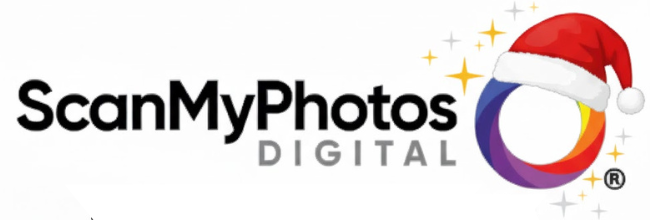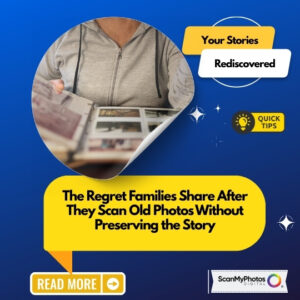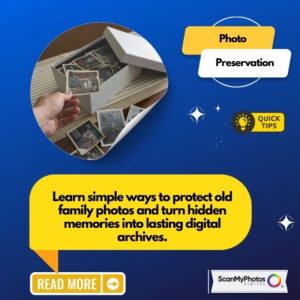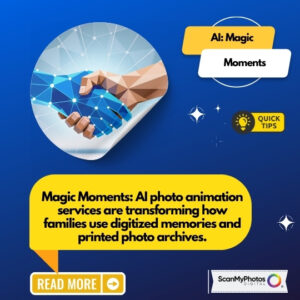A Brief History of Analog Photography Innovation: 1950 to Today
From boxy cameras to retro comebacks, this is your journey through photography’s golden age.
📸 1950s: The Golden Age of Simplicity
It started in the living room. A single black-and-white photo of my grandparents on their wedding day—faded, creased, but perfect—changed how I saw photography. It was taken on a Kodak Brownie. One click, one forever moment. This was the decade when photography became a mainstream medium. Kodak’s Brownie Hawkeye was simple, affordable, and everywhere. Photos were black-and-white. Film was delicate. Flashbulbs popped like tiny fireworks. Families were suddenly telling stories, one frame at a time.
🎞 1960s: Color Comes to Life
Color film burst onto the scene. Ektachrome and Kodachrome transformed birthdays and beach trips into vibrant keepsakes. Slideshows became a thing. The Instamatic made film loading a breeze, and suddenly, anyone could capture the world around them in full color. Think pastel dresses, red wagons, and Sunday picnics. Every snapshot was a memory drenched in emotion.
📷 1970s: Point. Shoot. Pop Culture.
This decade turned photography into fun. The Polaroid SX-70 was magic—press the shutter, wait, and watch your image appear. No waiting, no labs. Camera design got bolder. Flash cubes snapped on and popped off. Suddenly, cameras were at parties, in purses, and everywhere in between. Photography wasn’t just for the pros anymore.
📸 1980s: Autofocus and Film Wars
This was the golden era of point-and-shoot. Autofocus cameras became standard. Film rolls were processed in an hour at every corner drugstore. Canon, Nikon, and Minolta battled for shelf space and innovation. Every kid had a camera on field trips. School dances were captured forever. It was the decade when everyone became a documentarian.
📼 1990s: APS and the Last Boom
The 90s brought APS (Advanced Photo System). Kodak Advantix and Fujifilm Nexia allowed mid-roll rewinding, auto-loading film, and metadata on strips. It felt futuristic. Camcorders documented family vacations, dance recitals, and road trips. It was the final analog hurrah before digital took over.
📱 2000s: The Digital Takeover
Photos moved from paper to pixels. Digital cameras meant endless do-overs. Film sales plummeted. Labs closed. By 2007, smartphones did it all. We stopped printing. Photos lived online—and slowly, our past got boxed up and pushed into closets.
🌀 2010s–Today: The Analog Revival
Then came the surprise twist: film was cool again. Gen Z and creatives revived 35mm. Influencers used expired film for moody vibes. Polaroid made a comeback. Lomography thrived. Even Kodak rebooted production. There’s a soul to film that digital just can’t fake. You feel the grain. You wait. You value the shot.
🧳 What We’ve Lost… and What We’ve Saved
Analog photography taught us patience. It made us intentional. But now, those prints are hiding in albums, drawers, and shoeboxes… fading, warping, getting lost. That’s why ScanMyPhotos exists. Our photo archivists digitize your photo memories. So you don’t lose the story. So future generations can feel what you felt.
💬 FAQs
Q: Can you still buy film for old cameras? Yes! Kodak, Fujifilm, and Ilford still sell many film types, including color and B&W.
Q: Is it worth digitizing old photos? Absolutely. Film deteriorates. Digitizing saves it—and makes sharing easy.
Q: Do people still shoot on film? Yes, especially artists and Gen Z creators. Film has a feel digital can’t match.
Discover the emotional evolution of analog photography from 1950 to today. A vivid journey through film’s golden age and its comeback. Start preserving your past.
Meta Tags (80 words):
Photo scanning service, digitize photos, scan old photos, convert printed photos to digital, photo digitization, bulk photo scanning, best photo scanning service, photo scanning near me, scanning old photographs, preserve old photos, VHS to digital conversion, high-resolution photo digitization, affordable photo scanning.




